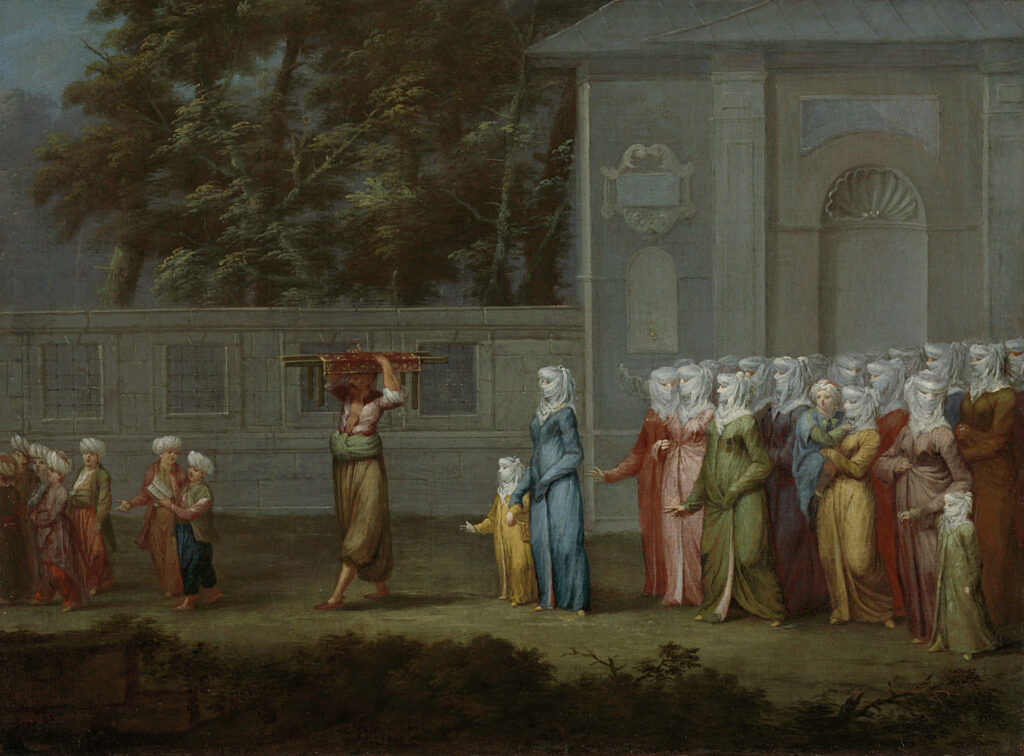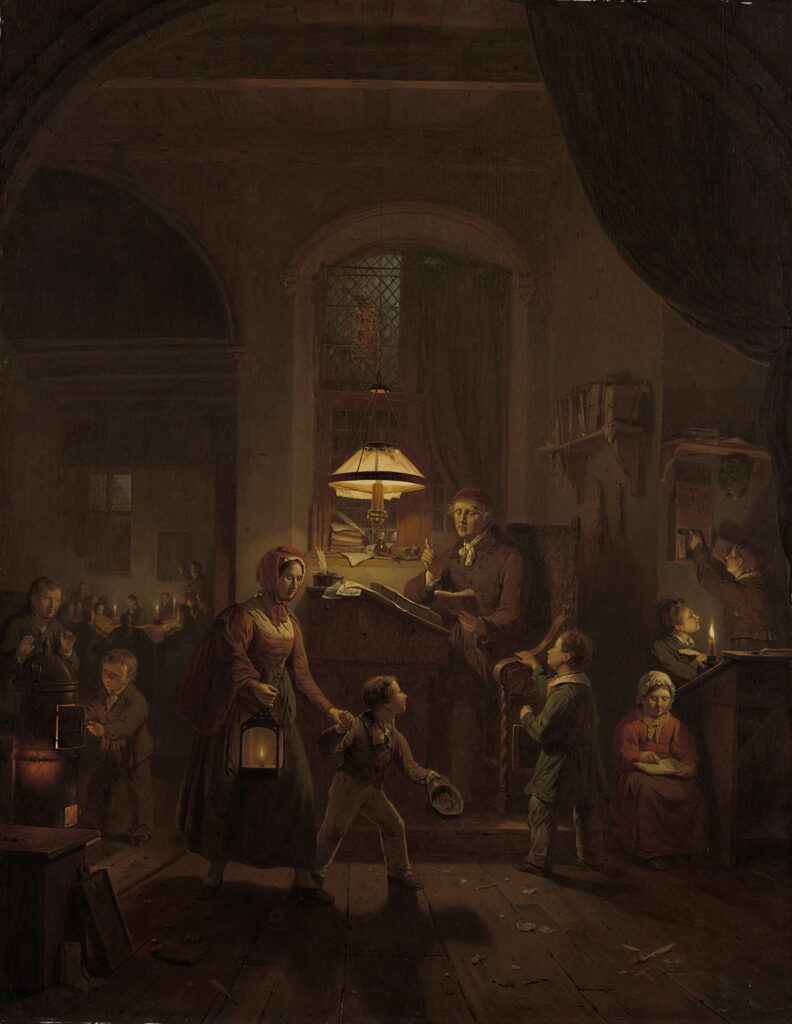Madness in Art: A Powerful Connection
Madness and art have long shared a profound and powerful connection, where the boundaries between genius and instability often blur. Many acclaimed...
Maya M. Tola 28 October 2024
A lot has changed since the outbreak of the COVID-19 pandemic in 2020: not just the way we approach our health and safety, but also the way children and students attend school and university. While most students worldwide have returned to school a while ago, some continue taking at least some of their classes online. Art is a great way to put things into historical perspective, so let’s see how painters from various countries and periods in history depicted the theme of the school.
During the COVID-19 pandemic, many children and their families experienced education at home for the first time. Yet, before the introduction of compulsory school attendance (in the majority of countries in the 19th and 20th centuries), learning at home or within the local community was a common practice. Of course, the amount and quality of learning were related to wealth and status.

The young boy in this painting, Adriaen van Gaesbeeck, was initially incorrectly identified as Hugo de Groot, a Dutch humanist, diplomat, and lawyer. He is standing in front of a work table in the interior of a study. An open book, map, lute, ink set, globe, and a statue of Venus sit on the table. Shelves against the wall contain books and a map in rolls. In the foreground are another book, a map, and a plaster head on the floor. On the right is a staircase to the upper floor and on the stairs is a girl with a book under her arm. In the middle stands a column with a painting of a child’s portrait.
This work by Oscar Björck depicts the classroom in a small school in Skagen, a village popular among Scandinavian painters because of its picturesque landscapes and the warm local community.

The teacher, dressed in black, resembles Madame Henriksen who can be seen in several paintings with motifs from Skagen by Björck and other artists. She is spinning wool, while the students concentrate on their reading.
The first day of school is an important milestone for both children and their parents. On the left, we see a group of schoolboys. Behind them walks a servant carrying an embroidery frame (needlework was a favorite pastime of women in affluent Turkish circles). Following them all is a mother, accompanied by a group of women, bringing her daughter to school for the first time.

Jean Baptiste Vanmour specialized in depicting life in the Ottoman Empire in the 18th century. His works illustrated both official events as well as daily life in and around Istanbul.
Evening or night schools for children were established in the Netherlands at the beginning of the 19th century. This type of school served children who could not attend school during the day or who wanted to continue their education.

In this painting by George Gillis Haanen, we see the interior of an evening school. A mother with a lantern brings in her son. In the middle, we see the master behind his desk. On the right students are reading by candlelight while on the left, two boys are standing by a stove.
Outdoor lessons are being discussed mainly in the context of children’s health. The schools set up during the tuberculosis outbreak in the period leading up to World War II are another example. However open-air teaching in many parts of the world has been taking place for various reasons: from socio-economic issues to lifestyle or climate-related.

This painting by Leopold Carl Müller presents an open-air school in Upper Egypt in 1881. The students sit on the ground and concentrate on reading and writing. Meanwhile, a serious-looking teacher is observing them. In the background, we see more groups of children with their teachers. Leopold Carl Müller spent a lot of time in Egypt, painting the local life and landscape and is renowned as the most important Austrian painter of the Orient.
DailyArt Magazine needs your support. Every contribution, however big or small, is very valuable for our future. Thanks to it, we will be able to sustain and grow the Magazine. Thank you for your help!